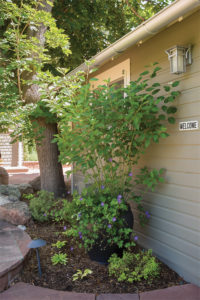Feature Garden: Fab in Four Seasons
01 Jul 2016
It’s hard to believe this lush garden was once an eyesore.
Now it’s a sight for sore eyes in every season.
By Mary Lynn Bruny When you see a mature garden in perfect harmony with its environment, it’s hard to imagine it hasn’t been there forever. But just a few short years ago, this Mapleton Hill garden was a nearly empty eyesore. In 2012, the property underwent an extreme makeover, after landscape designer Vicki Mellott hatched a plan to turn the lot into a lush oasis during several phases over the next three years. “It was a lot that had nothing on it except old concrete walls,” recalls Mellott, owner of Boulder’s Metamorphic Gardens, which still maintains the garden. “And it just sloped straight down to the ditch. It was a steep slope, too, and there was nothing much growing on it except a few old bushes and trees.”
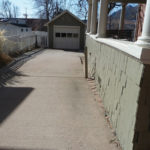
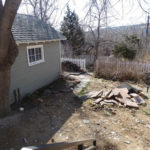
Amazing stonework
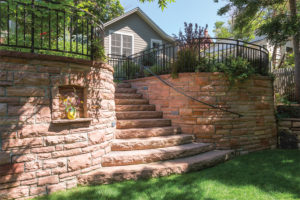
Purples, limes and oranges
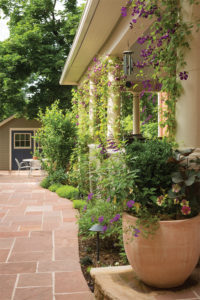
A private oasis

Nothing beats evergreens for privacy
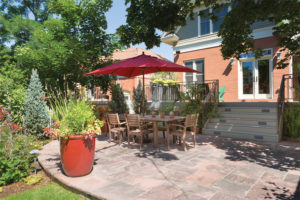
Using pots throughout the seasons
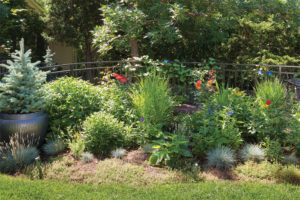
A succession of blooms
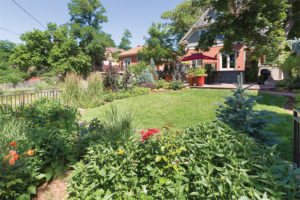
Intimate seating area
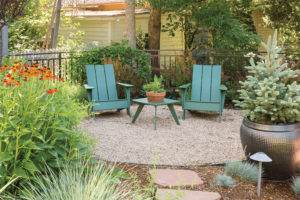
Gardening in veggie boxes
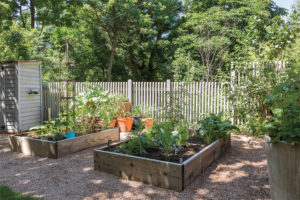
Bushes in pots
